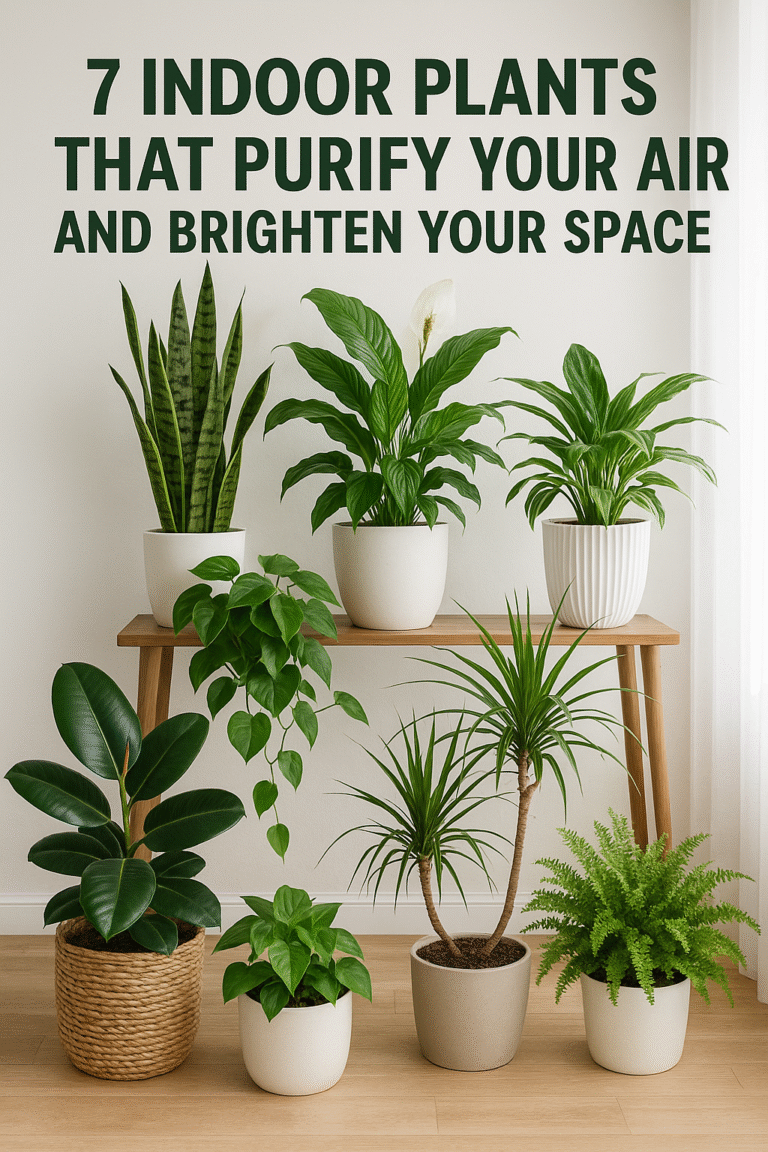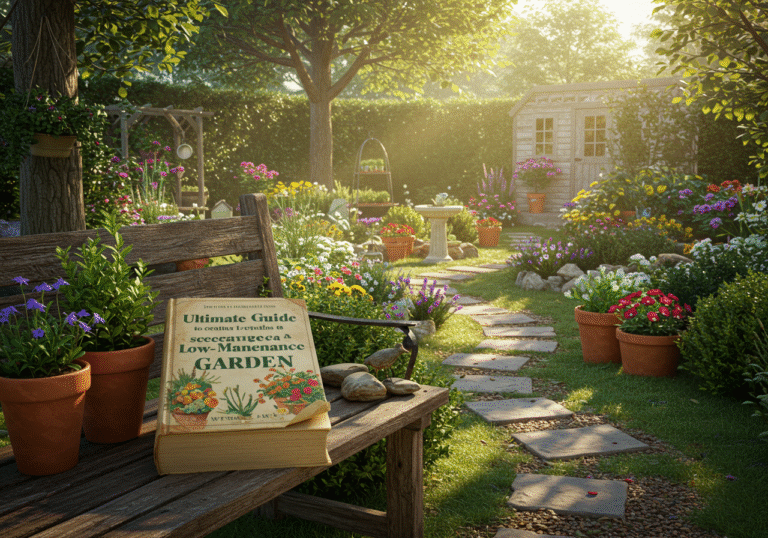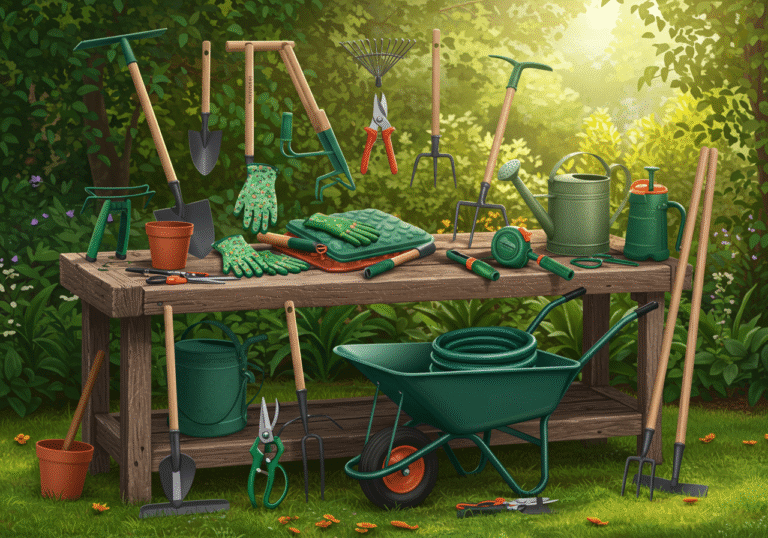Seasonal Gardening Tips: What To Plant Month By Month
There’s one thing that helps every gardener have a thriving garden. It’s knowing what to plant and when. Plants honor their seasons. There’s a time when each one grows or sprouts.
If you can master your planting season calendar, you’ll be one step closer to a garden you can be proud of.
In this article, you’ll learn what to plant month by month. It’s your ultimate guide to seasonal gardening. Let’s jump in.
January
January marks the beginning of the year and depending on where you live, that could mean the end of winter or the start of sunny days. This month is best for prepping, deep maintenance, and harvesting what’s ready. It’s a good time to spend walking among your plants, checking their individual growth. Pull out weeds and water with more precision.
Look back on the past year and take notice of your successes or challenges. Identify all you’ve learned from gardening the past year.
If you’re just starting your garden, January is the perfect time to plan and prepare for a new gardening season. Ensure your soil is in good health and ready to grow strong plants.
February
Time to plant your first round of vegetables. These vegetables are cool-season lovers. They like a pretty even atmosphere to grow in and are likely to be ready to harvest in summer.
These include tomatoes, lettuce, spinach, kale, Swiss chard, carrots, radishes, beets, turnips, cabbage, broccoli, cauliflower, Brussels sprouts, peppers, aubergine, okra, and pumpkins.
But you don’t just push their seeds into the ground. For tomatoes, peppers, and aubergine, you have to start them indoors in trays or pots. You’ll transplant them later as the season warms up.
For lettuce, spinach, kale, and Swiss chard, they thrive in the cool, moist conditions of early spring, so sow their seeds directly or transplant seedlings.
Root vegetables such as carrots, radishes, and beets can be sown directly into the ground as soon as the soil is workable in this month.
March
March is when the soil really starts to warm up and you can plant what you couldn’t in February. Now you can also include beans, cucumbers, and squash. These are warm-season loving plants. But be sure to protect them from any sudden frosty weather.
You can also plant flowers and herbs during this season. These include pansies, snapdragon, cilantro, chives, parsley, and more.
April
In April you’ll be doing some transplanting and also more planting. If you missed planting cucumbers and pumpkins earlier, do so now in well-drained soil. It is also the time to transplant seedlings of tomatoes, peppers, herbs, and flowers that require a longer growing season.
If you want to plant flowers and herbs, time to do it for sunflowers, basil, rosemary, oregano, marigolds, and zinnias.
May
May is less about planting and more about nurturing your plants for the coming seasons. Water the plants regularly and apply mulch around them for better growth. Start to monitor for pests and take measures to protect your plants from them.
June
By June you would get to harvest some of your hard work. Plants like lettuce, spinach, beans, herbs, and peas should be ready to harvest. It’s best to do your harvesting in the mornings or evening when the temperature is cooler so the plants are less stressed.
After harvest, replant only the heat-tolerant ones among them. Continue maintenance like you did in May.
July and August
July is a mixed month of planting and intense care. Sow seeds like chilies and radish in well-drained soil. If you haven’t yet, plant spinach. Then do more regular watering for your garden. Monitor more for pests especially aphids and spider mites, and start to take necessary steps to control them. Some plants like cucumber and beans should also be ready for harvest. Clear them regularly so they continue to grow in good health.
Pull out early-season crops, remove suckers, and do some composting.
August is the same and you’ll continue to maintain the routine of nurturing and harvesting.
September
September marks the start of a transition season for your garden. Temperatures are still between warm and cool but will be taking a turn soon.
Here’s what you can start planting in September:
Broccoli, cauliflower, garlic, Brussels sprouts, sage, thyme, mint, mums, pansies, and asters.
Do more monitoring, harvesting, and nurturing. But this time, take things a step further.
For example, you can start potting your healthiest herbs in preparation for the cold seasons.
Dig and prepare new beds for future months.
October
You start to fully prepare your garden for the winter season in October.
The last of your harvest should be in for clearing. Remove dead plants and debris from your garden. Start nurturing the soil to replenish its nutrients by adding compost and mulch. Dig up your potatoes if you planted them, and you can plant carrots, beetroot, and peas during this time as well.
Become extra careful with new seedlings so they don’t get killed by the weather.
November and December
Both you and your garden have worked hard. The months of November and December are when your gardening season rounds up.
You won’t be doing much harvesting, but it is a good time to plan for the new season.
Start ordering your seeds, keep maintenance up, harvest what is there to be, and update your tools.
Plants That Grow All Year Round
While most plants have time and seasons for planting to harvesting, some grow all year round.
They include:
Perennial vegetables such as asparagus, rhubarb, or artichokes.
And most herbs like basil, rosemary, thyme, and mint.
Fruits To Plant Season by Season in Your Garden
Spring – Papaya and lemon
Summer – Banana, mango, and guava
Monsoon – Pineapple and pomegranate
Winter – Oranges, grapes, and strawberries








